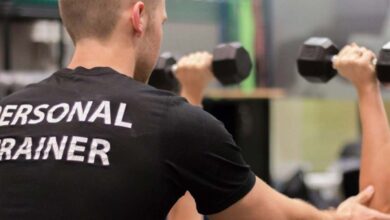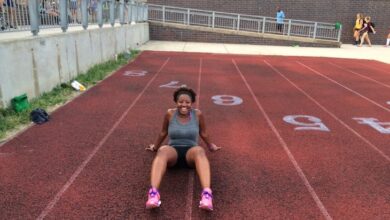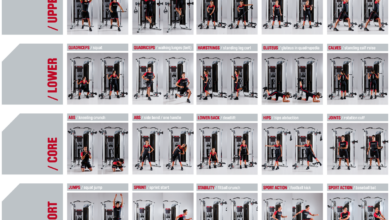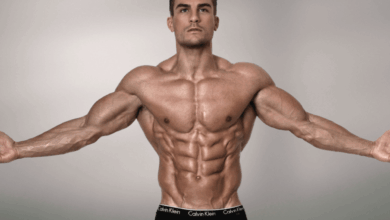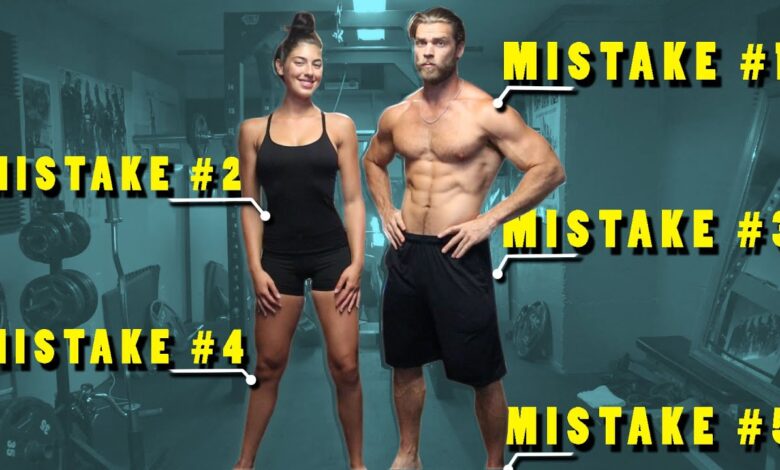
Avoid Common Squat Mistakes for Better Results
The most common squat mistakes to avoid are often subtle but can significantly impact your form, effectiveness, and even risk of injury. Squats are a foundational exercise, but many people make mistakes that hinder their progress and even put them at risk.
Whether you’re a seasoned lifter or just starting, understanding and correcting these common errors can unlock better results and a safer training experience.
From rounding your back to letting your knees cave inward, these mistakes can lead to muscle imbalances, reduced strength gains, and even joint pain. But don’t worry, with a little awareness and some simple adjustments, you can conquer these challenges and squat with confidence.
Form and Alignment
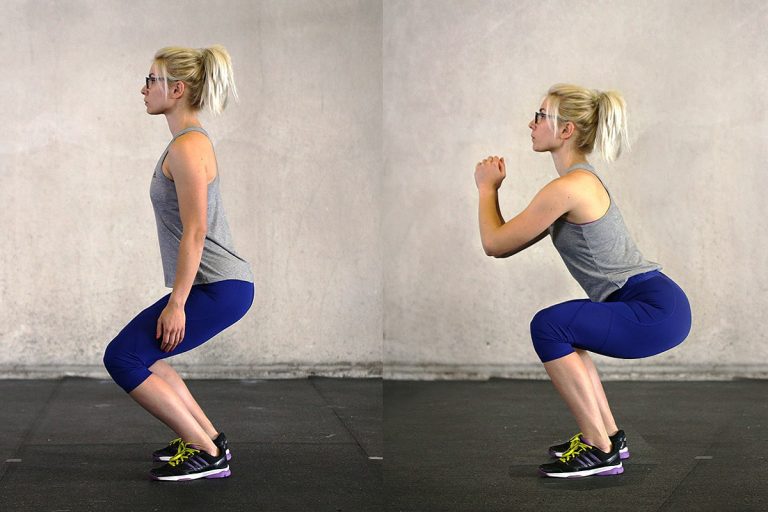
Squatting correctly is crucial for maximizing benefits and minimizing risk of injury. Proper form involves maintaining a neutral spine, correct foot positioning, and appropriate knee alignment.
Squatting correctly is crucial for building strength and preventing injuries. One of the most common mistakes is rounding your back, which puts unnecessary strain on your spine. To avoid this, keep your core engaged and your back straight.
And hey, after a killer squat session, you deserve a delicious meal like this crockpot kale and sausage farrotto bowl. Speaking of mistakes, another one to watch out for is not keeping your knees in line with your toes.
This can lead to knee pain and instability. So, remember to focus on proper form and enjoy the benefits of a strong and healthy squat!
Neutral Spine
A neutral spine is essential for maintaining proper posture and preventing strain on the back. It refers to a natural curve in the spine, neither excessively arched nor rounded. During a squat, it’s important to keep the back straight and avoid rounding the shoulders or excessively arching the lower back.
Maintaining a neutral spine throughout the movement helps distribute weight evenly and reduces the risk of injury.
Foot Positioning and Stance Width
The proper foot positioning and stance width for a squat depend on individual anatomy and comfort. A general guideline is to place your feet slightly wider than shoulder-width apart, with your toes pointing slightly outward. This stance provides a stable base and allows for a full range of motion.
Experiment with different foot placements to find what feels most comfortable and allows for proper form.
Knee Alignment
The knees should track in line with the toes during a squat. This means that your knees should not cave inward (knees valgus) or outward (knees varus). Maintaining proper knee alignment helps to distribute force evenly across the joints and reduces the risk of injury.
Achieving Proper Body Alignment
Here’s a step-by-step guide to achieving proper body alignment during a squat:
- Start with feet slightly wider than shoulder-width apart, toes pointing slightly outward.
- Engage your core and keep your back straight.
- Lower your hips as if you are sitting back in a chair, keeping your knees in line with your toes.
- Maintain a neutral spine throughout the movement.
- Descent until your thighs are parallel to the floor or lower, depending on your flexibility.
- Push through your heels to return to the starting position.
Remember to focus on proper form and technique over weight or reps.
Depth and Range of Motion: The Most Common Squat Mistakes To Avoid
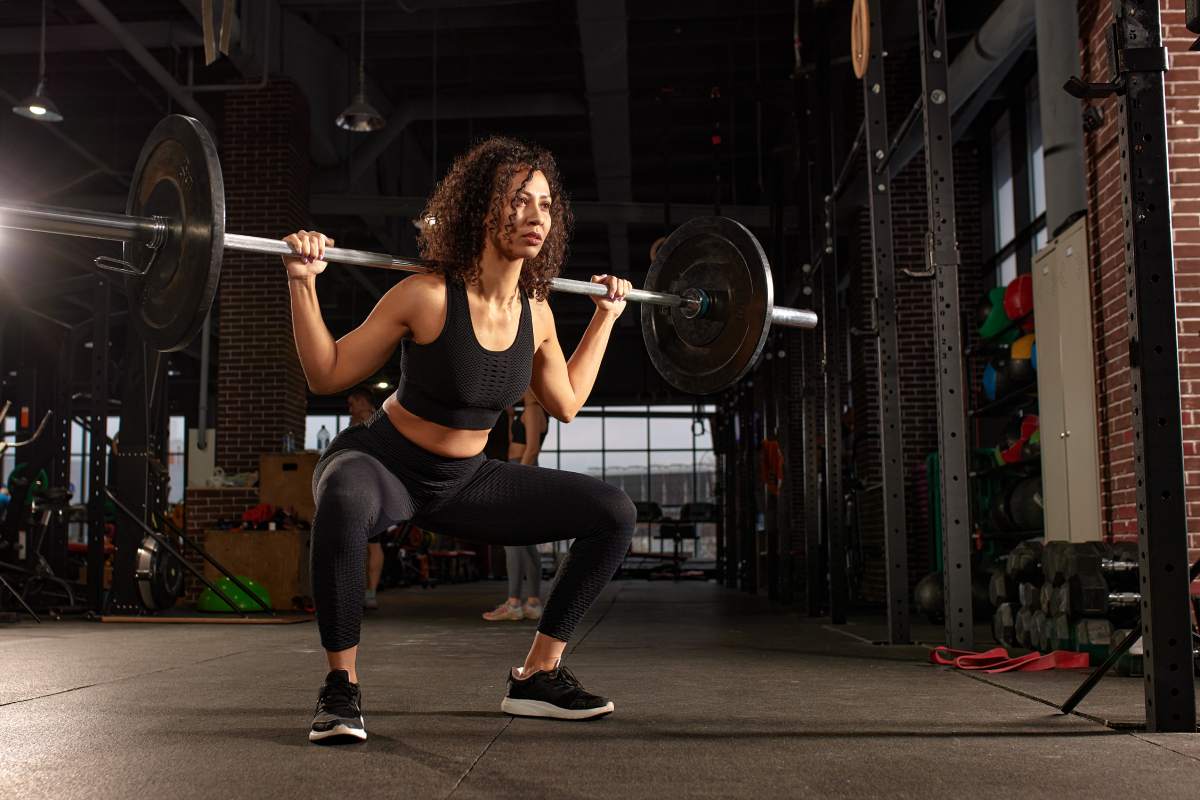
Achieving full squat depth is crucial for maximizing the benefits of this exercise. While shallow squats might seem easier, they limit the effectiveness and can even increase the risk of injury. Let’s delve into the importance of proper depth and understand the potential consequences of avoiding it.
Benefits of Full Squat Depth
A full squat, where your thighs go below parallel to the floor, engages a wider range of muscles and offers numerous advantages.
Squats are a foundational exercise, but even seasoned lifters can fall prey to common mistakes. If you’re new to strength training, it’s crucial to get the form right from the start. Check out this beginners guide to strength training for a solid foundation, and then focus on avoiding those common squat errors.
By mastering proper technique, you’ll maximize your results and minimize the risk of injury.
- Enhanced Muscle Activation:Full squats activate more muscle groups, including the glutes, quads, hamstrings, and core, leading to greater strength gains and muscle hypertrophy.
- Improved Mobility and Flexibility:The full range of motion in a squat improves hip and ankle flexibility, enhancing overall mobility and reducing the risk of injuries.
- Increased Power and Performance:Full squats develop explosive power, crucial for activities like sprinting, jumping, and lifting heavy objects.
- Enhanced Stability and Balance:The deep squat position strengthens core muscles and improves balance, crucial for maintaining stability during everyday activities and athletic performance.
Risks of Shallow Squats
Shallow squats, where your thighs remain above parallel to the floor, limit the benefits and can pose risks.
- Reduced Muscle Activation:Shallow squats primarily engage the quadriceps, limiting the activation of other important muscle groups, leading to less effective muscle growth and strength development.
- Increased Stress on Knees and Lower Back:The reduced range of motion in shallow squats can increase stress on the knees and lower back, potentially leading to pain and injuries.
- Limited Mobility and Flexibility:Avoiding full squat depth hinders hip and ankle flexibility, making it harder to perform other exercises with proper form and potentially increasing the risk of injury.
- Reduced Power Output:The limited range of motion in shallow squats hinders the development of explosive power, impacting athletic performance and everyday activities.
Muscle Activation Comparison, The most common squat mistakes to avoid
The muscle activation patterns differ significantly between full and shallow squats. Full squats engage a wider range of muscles, particularly the glutes and hamstrings, while shallow squats primarily activate the quadriceps.
Full squats offer a more complete and balanced muscle activation, contributing to overall strength and muscle growth.
Visual Representation of Squat Depth
Imagine a person standing upright. Now, visualize them squatting down until their thighs are parallel to the floor or lower. This is a full squat. The knees should be aligned with the toes, and the back should remain straight.
Squats are a fantastic exercise, but they can be tricky to master. One of the most common mistakes is letting your knees cave inwards, which can put stress on your joints. To avoid this, make sure you’re engaging your core and keeping your knees in line with your toes.
And remember, a healthy mind is essential for a strong body, so don’t forget to prioritize your mental well-being! Check out these 10 ways to stay sane when working from home to help you stay balanced and focused. Once you’ve got your mental health in check, you can return to conquering those squats with confidence!
A full squat is characterized by thighs parallel to the floor or lower, knees aligned with toes, and a straight back.
Weight and Load Management
Squatting with proper form is crucial, but it’s equally important to manage the weight you lift. Jumping into heavy weights without proper preparation can lead to injuries and hinder progress.
Progressive Overload
Progressive overload is the gradual increase in the demands placed on your muscles over time. It’s a fundamental principle of strength training that allows your body to adapt and grow stronger. To achieve this, you need to progressively increase the weight, repetitions, or sets you perform during your workouts.
Breathing and Core Engagement
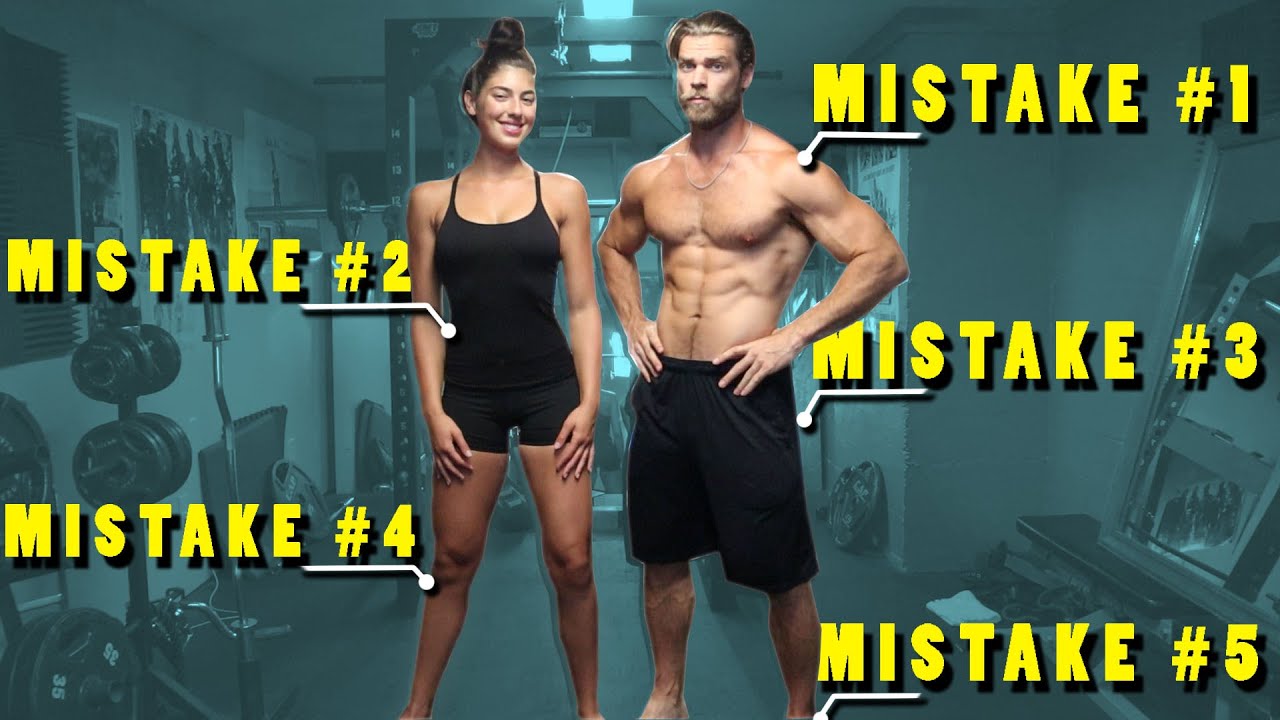
Breathing correctly during squats is crucial for maintaining stability, maximizing power output, and preventing injuries. Proper breathing technique involves coordinating your breath with the movement, engaging your core muscles, and ensuring adequate oxygen delivery to your muscles.
The Importance of Proper Breathing Techniques
Proper breathing during squats is essential for optimizing performance and minimizing risk of injury. When you breathe correctly, you create a stable foundation for your body, enhancing your ability to lift heavier weights and maintain good form.
Engaging the Core Muscles
Engaging your core muscles effectively is vital for maintaining a stable spine and transferring power efficiently during squats. This involves activating the muscles in your abdomen, back, and pelvic floor.
- Bracing the Core:Before you begin the squat, take a deep breath and engage your core muscles by tightening your abdominal muscles as if you were preparing for a punch. This creates intra-abdominal pressure, which helps to stabilize your spine and protect your lower back.
- Maintaining Core Engagement:Throughout the squat, maintain this core engagement. Don’t let your stomach relax or your back arch. This will ensure that your core muscles are working to support your body throughout the movement.
The Role of Breath Holding
Breath holding, known as the Valsalva maneuver, is a technique commonly used in powerlifting and weightlifting to increase stability and power output.
- Increased Intra-abdominal Pressure:When you hold your breath, you increase the pressure within your abdominal cavity, which provides additional support for your spine and helps to transfer force more efficiently.
- Improved Stability:The increased intra-abdominal pressure also creates a more rigid structure within your torso, enhancing your stability during heavy lifts.
- Potential Risks:While breath holding can be beneficial for performance, it’s important to note that it can also lead to increased blood pressure and strain on your cardiovascular system. It’s recommended to use this technique cautiously and only for short durations during heavy lifts.
The Correct Breathing Pattern
The correct breathing pattern for squats involves coordinating your breath with the movement to maximize performance and minimize risk of injury.
- Inhale at the Top:As you stand at the top of the squat, take a deep breath in, expanding your chest and filling your lungs with air. This helps to create a stable base and engage your core muscles.
- Exhale During the Descent:As you descend into the squat, exhale slowly and steadily, maintaining core engagement. This helps to control the movement and prevents your spine from rounding.
- Inhale at the Bottom:At the bottom of the squat, briefly pause and take another deep breath in. This helps to maintain oxygen supply to your muscles and prepare for the ascent.
- Exhale During the Ascent:As you ascend back to the starting position, exhale again, maintaining core engagement and controlling the movement.
Final Summary
Squatting correctly is a journey, not a destination. As you become more familiar with proper form, you’ll naturally start to feel the difference in your body and your results. Remember, it’s not about how much weight you lift, but how well you lift it.
So, focus on quality over quantity, and you’ll be well on your way to achieving a stronger, more resilient you.

